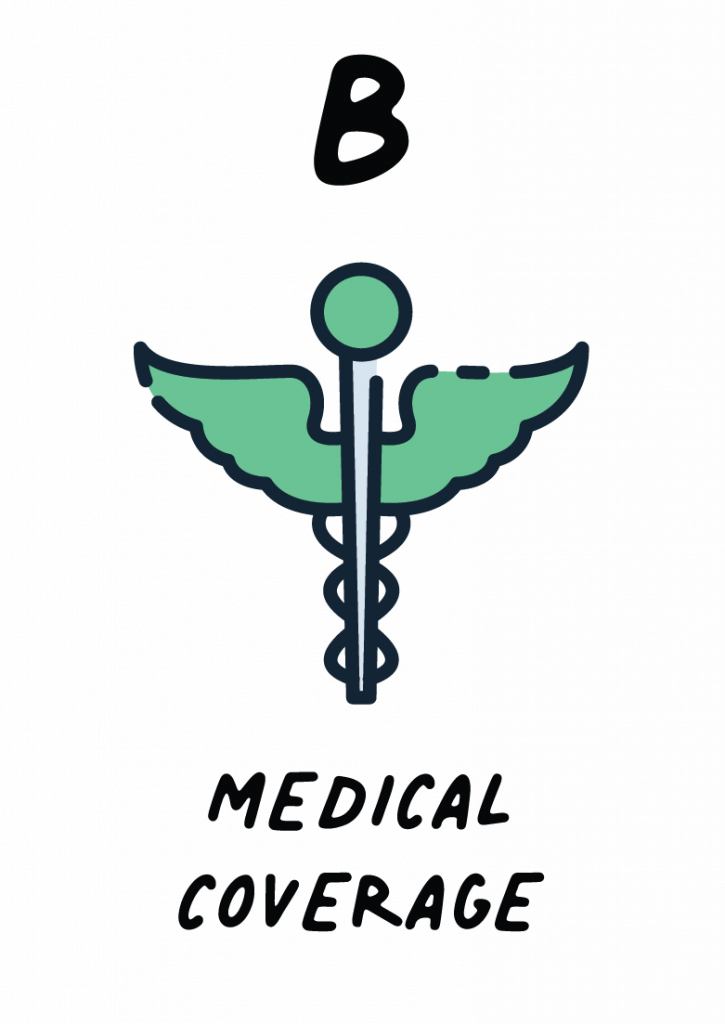 Medicare Part B, also known as medical insurance, helps pay for medically necessary services you receive in a clinic or hospital as an outpatient and also covers most doctor services you receive as a hospital inpatient. Medicare Part B covers doctor visits and most routine and emergency medical services. It also covers some preventive care, like flu shots. So you can see, Part B is an important part of Medicare to understand.
Medicare Part B, also known as medical insurance, helps pay for medically necessary services you receive in a clinic or hospital as an outpatient and also covers most doctor services you receive as a hospital inpatient. Medicare Part B covers doctor visits and most routine and emergency medical services. It also covers some preventive care, like flu shots. So you can see, Part B is an important part of Medicare to understand.
Part B Premium
Most people pay a premium each month for Part B. For 2024, the standard monthly premium is $174.70. If your modified adjusted gross income is above a certain amount, you may pay an Income Related Monthly Adjustment Amount (IRMAA). Medicare uses the modified adjusted gross income reported on your IRS tax return from 2 years ago.
Your Part B premium will be automatically deducted from your check if you are receiving benefits from Social Security or Railroad Retirement. Others will receive a quarterly bill from Medicare, but you do have the option of setting up a monthly bank withdrawal if you prefer. Some people are eligible for the State Medicare Savings Programs (MSP) which help pay the Part B premium and more. (You can see if you are eligible and apply for this by calling your local assistance office.)
Part B Costs
There are deductibles and coinsurance associated with Part B services. In 2024, you will pay $240 for your Part B deductible. After you meet your deductible for the year, you typically pay 20% of the Medicare-approved amount for most doctor services (including most doctor services while you’re a hospital inpatient), outpatient therapy, and durable medical equipment. You pay nothing for most preventive services if you get the services from a health care provider who accepts Medicare assignment.
If you are in a Medicare Advantage Plan or other Medicare plan, your plan may have different rules. But, your plan must give you at least the same coverage as Original Medicare for medically necessary services.
